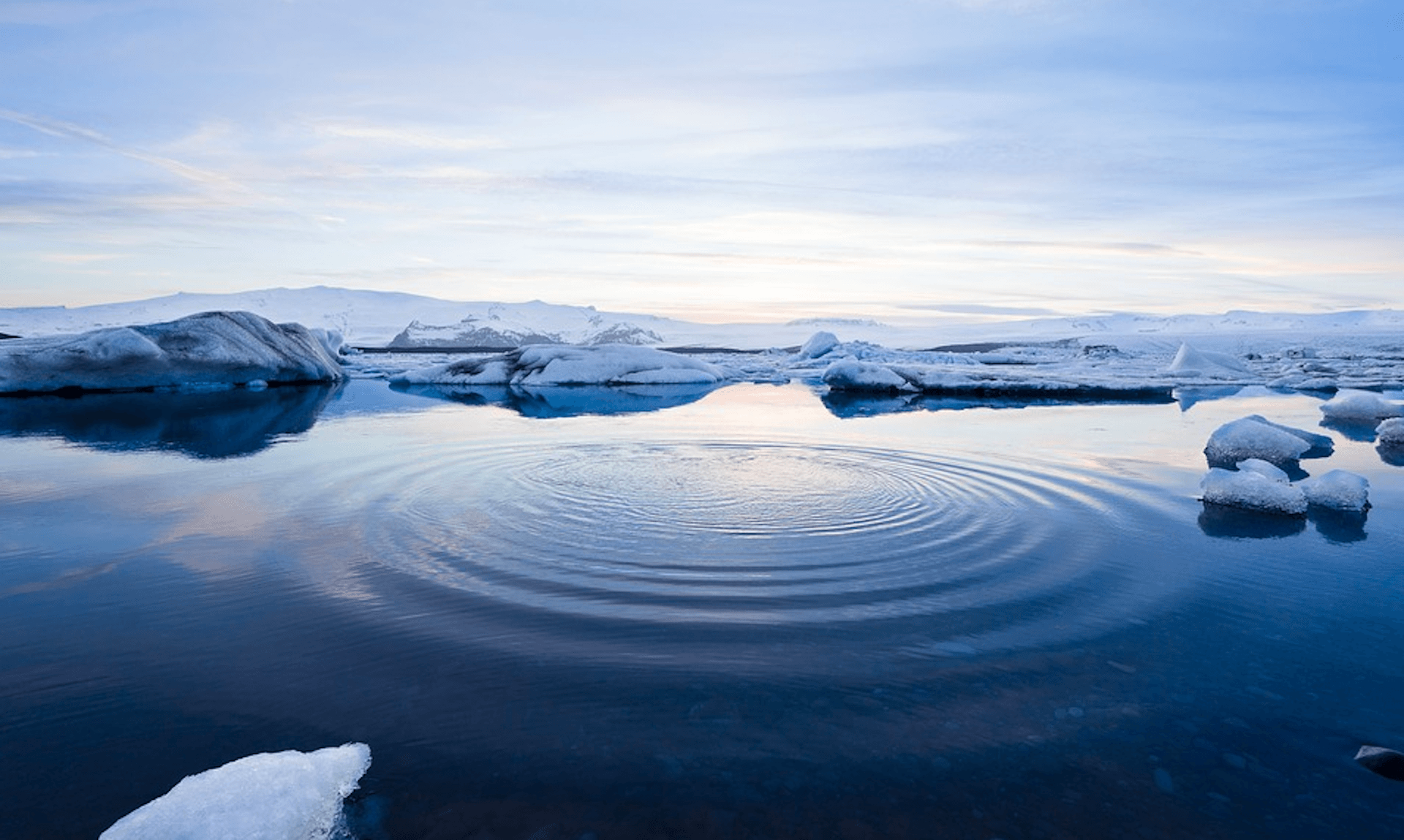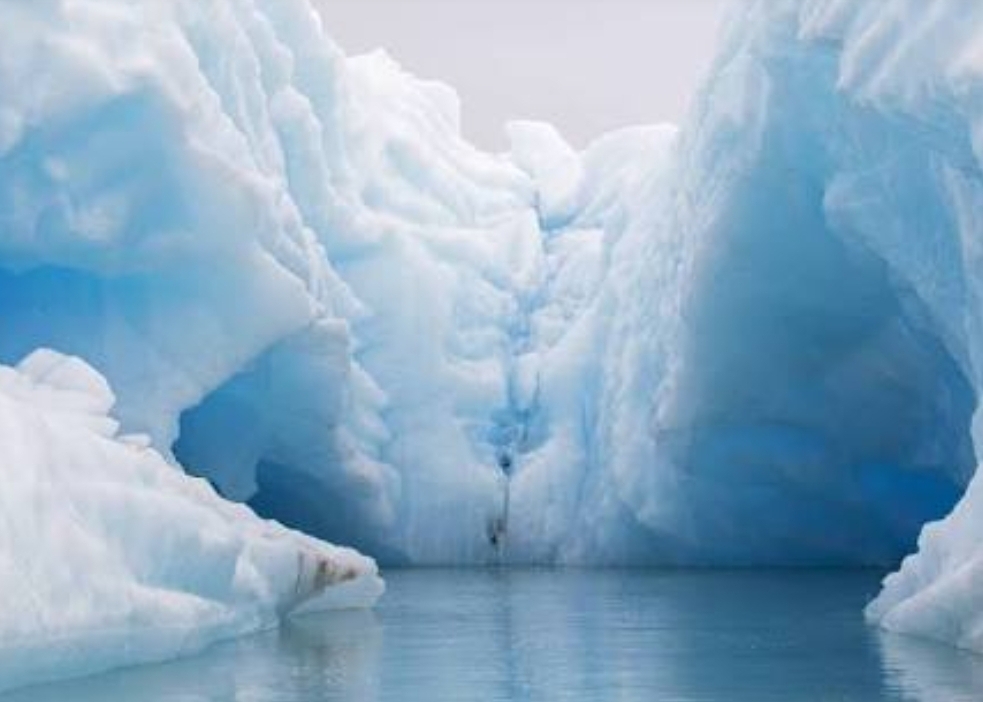Global warming, a known phenomenon, which leads to the rise of the earth’s temperature. Day by day, we come to know about the severe effects of global warming on our planet. The increasing global warming causes climate change which further spurts the melting of icy regions of our planet at an alarming rate – whether Arctic or Antarctic.
The melting of these icy regions is a concerning situation for all of us. It totally imbalances the ecological system, from flora and fauna to human beings.

The Arctic and Antarctic are the world’s refrigerators. These white snow-covered regions balance the world temperature by reflecting about 80% of heat back to space, as per the National Snow and Ice Data Centre. Their melting will lead to the less reflection of heat, that means more intense heatwave worldwide.
Coastal flooding and storm surge are other threatening consequences of ice melting. According to a report, the global average sea level has risen by about 7-8 per cent and it’s constantly getting worse. This not only annihilates infrastructure but also harms the living population.

According to a report, the Arctic ice is thawing at a rate of 13% per decade, and over the last 30 years, the oldest and the thickest Arctic ice has declined by a stunning 95%.
However, according to a study published in the journal Nature, it has been revealed that Arctic sea ice could disappear into the ocean in the coming 15 years. It also compares the present condition of our planet to the ice age that occurred 127,000 years ago.
As per researchers, Dr. Louise Sime and Dr. Maria Vittoria Guarino, sea ice had completely melted in the last interglacial period, essentially a geological period between an ice age, and they claim that earth is going through another interglacial period, called Holocene.
In a conversation with Global Citizen, Dr. Guarino explains that by studying the last warm period, they’re able to cluster more information about the polar regions in a warmer world, enabling them to improve future predictions. She also explains that the rising global temperature rate means the melting of polar regions at an unprecedented rate.
Referencing towards this concerning issue, Dr Louise Sime, the group head of the Paleoclimate group and joint lead author at BAS (British Antarctic Survey) said, “We know the Arctic is undergoing significant changes as our planet warms. By understanding what happened during Earth’s last warm period we are in a better position to understand what will happen in the future,”
“The prospect of the loss of sea-ice by 2035 means we should really be focussing all our minds on achieving a low-carbon world as soon as humanly feasible”, she further adds.
Also read- Arctic Is Warming Twice As Fast Than Elsewhere In The Planet
[zombify_post]








